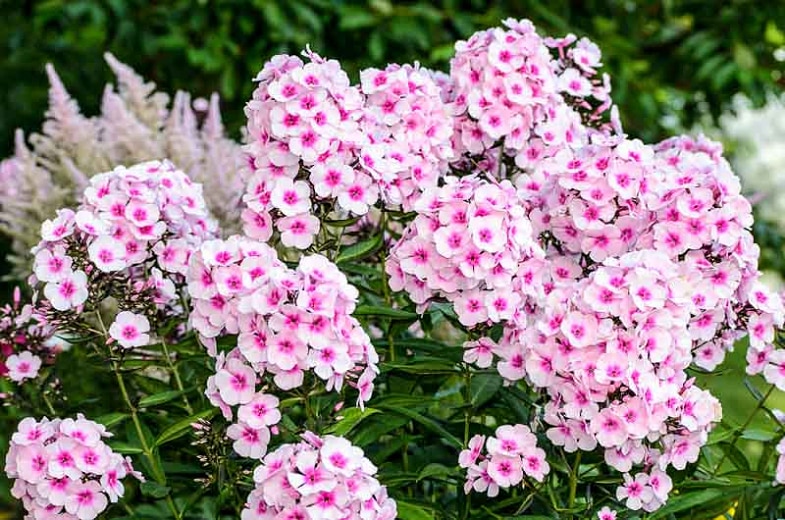The Phlox, being the Greek word for ‘flame’ is a mainstay of the summer garden, with its long flowering season from July right through to September.
With their heady clouds of billowy sweetly fragrant blooms in nearly every hue on the colour chart, even in the hard-to-find shades of blue, attracting bees, butterflies, and hummingbirds into the garden.
The Phlox has a dainty five-petaled flowers, packed into dense clusters, or panicles, ranging in size from 4-6in tall and 6-8in wide, growing 1-5ft, depending on the cultivar.
With mostly green leaves, some have variegated foliage, with creamy white or yellow margins.
There are over 100 cultivars of Phlox, resulting in a great diversity in plant height, panicle sizes, and flower colour to suit any garden.
Phlox doesn’t like drought conditions and should be watered during dry spells, with an inch of water per week during the growing season.
It will tell you when it needs water, as you will see the foliage begin to wilt. To keep the foliage healthy, water at the root area, rather than overhead.
To prevent overcrowding and improve the vigor of your plants, divide them every three to four years.
Tell-tale signs that phlox is ready for division include sparser blooming and centres that begin to weaken or die out.
Phlox doesn’t normally require any pruning, but if you want to delay blooming and get bushier plants with more flower heads, pinch or cut back the stems by one-third to one-half in early summer.
Dead-heading the spent flowers may also extend the bloom period and prevent unwanted re-seeding.
After the first winter frost, cut back the stems just above the soil line, remove and discard the foliage, and protect the roots by applying a layer of mulch, before the ground freezes.
The number one enemy of garden phlox is powdery mildew, which attacks the plant’s leaves and causes them to become shrivelled and gray.
The best preventive measure is to improve air circulation by selective thinning of the plant stems and providing adequate spacing. When thinning plants, remove all but four to five strong stems in early spring.






